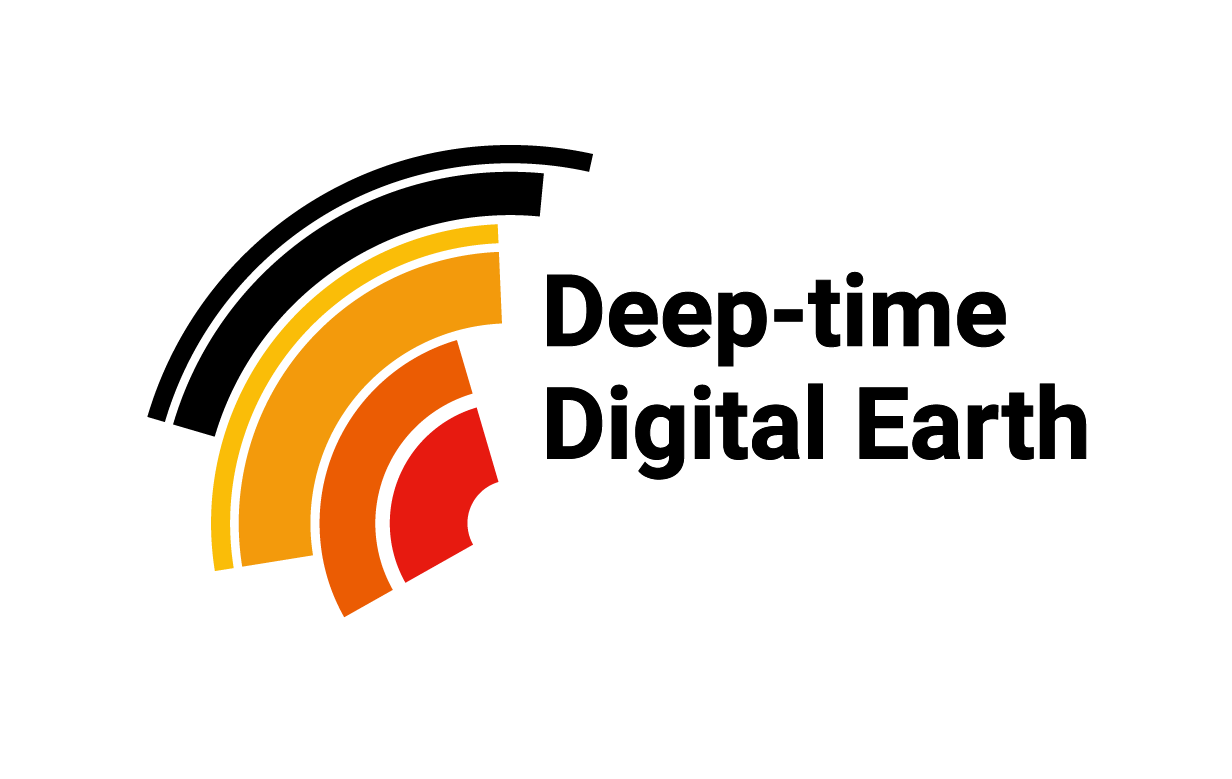Unveiling Earth's Ancient Landscape: A Revolutionary Online Data Service for Geological Formations Across East Asia
Paper Title: Online data service for geologic formations (Lexicons) of China, India, Vietnam and Thailand with one-click visualizations onto East Asia plate reconstructions
Author: Wen Du, Suyash Mishra, James G. Ogg, Yuzheng Qian, Sabrina Chang, Karan Oberoi, Aaron Ault, Sabin Zahirovic, Hongfei Hou, D. S. N. Raju, O’Neil Mamallapalli, Gabriele M. Ogg, Haipeng Li, Christopher R. Scotese, Bui Dong
https://rmets.onlinelibrary.wiley.com/doi/10.1002/gdj3.210
Paper Online 16 July 2023
In the ever-evolving field of paleogeography, the intricate dance of sediment and volcanic facies, tectonic plate movements, climatic patterns, and ecosystems across geological time comes to life. Creating accurate paleogeographic maps based on tectonic plate reconstructions demands a collaborative effort, uniting databases, data-sharing standards, and map projection techniques. Within the International Union of Geological Sciences (IUGS) program for Deep-Time Digital Earth (DDE), the Paleogeography Working Group has set two ambitious goals: (1) to weave a web of online national lexicons encompassing all sedimentary and volcanic formations, including the creation of lexicons for nations lacking them; (2) to spotlight specific regions and intervals by showcasing the paleogeographic insights drawn from these unified databases.
A Nexus of Data and Visualization - In pursuit of these goals, an interdisciplinary team of computer engineers, plate modelers, and stratigraphers embarked on a transformative journey, harnessing the power of cloud-based lexicon data services and interactive visualization techniques. Their focus? The rich geological tapestry of East Asia.
A Global Collaboration - This endeavor stands as a testament to international collaboration, with contributions from esteemed institutions such as India's ONGC, China's Chengdu University of Technology and Chinese Academy of Geological Sciences, the United States' Paleomap Project and Purdue University, Australia's GPlates visualization team, and Vietnam National University.
Lexicons Unveiled - As of the submission date in March 2022, independent online lexicons have been meticulously crafted, boasting map-based and stratigraphy-based user interfaces. These comprehensive lexicons cover all Proterozoic to Quaternary formations on the Indian Plate (over 800), Vietnam (over 200), the majority of the Devonian through Neogene periods in China (approximately 2000), and partially for Thailand. A multi-database search system offers users the ability to retrieve geologic formations of their chosen geological era from these four distinct databases.
Seamless Integration with Plate Reconstructions - Here's where the magic happens: With just a click, users can visualize the regional extents of individual or collective formations from these regions on various plate reconstruction models corresponding to their chosen geological age. These visual representations are enriched with lithologic facies patterns, providing an unparalleled view of Earth's past landscapes.
As the digital age continues to revolutionize the way we explore Earth's history, this groundbreaking project serves as a beacon of innovation and collaboration. By seamlessly merging geological data with interactive visualization, it offers researchers and enthusiasts alike a newfound appreciation for the ever-changing tapestry of our planet's geological past.
